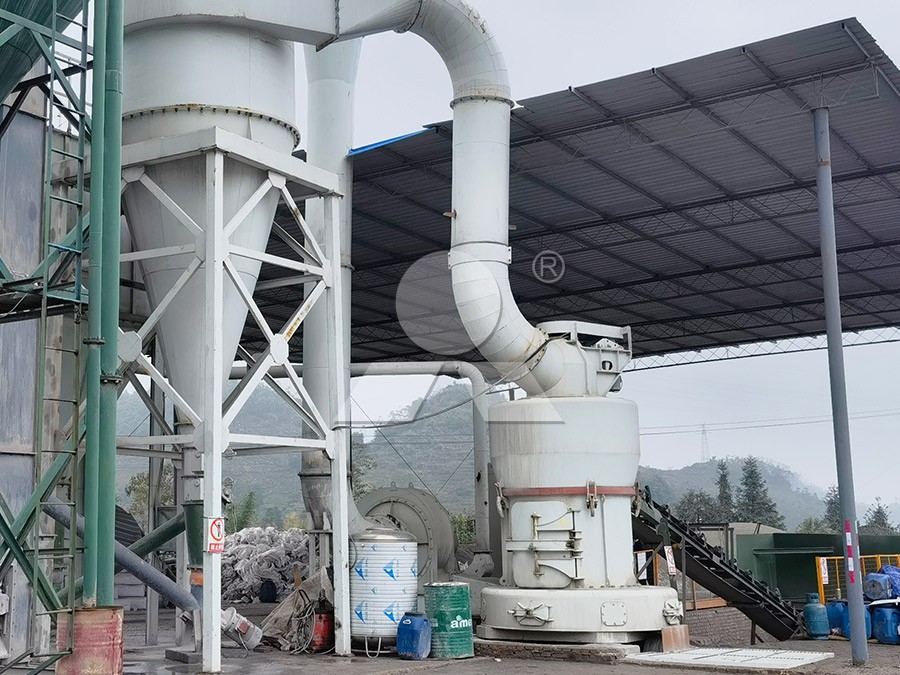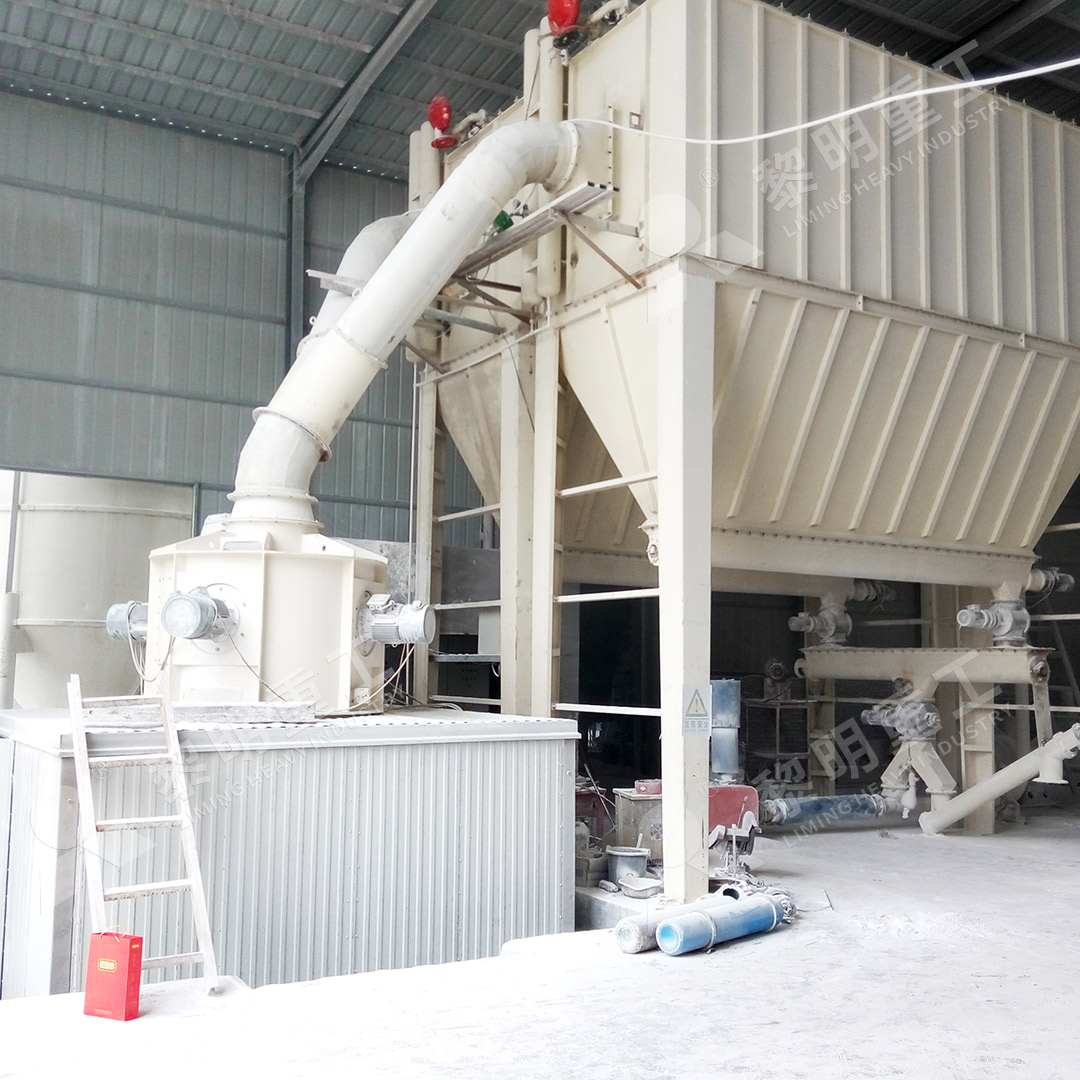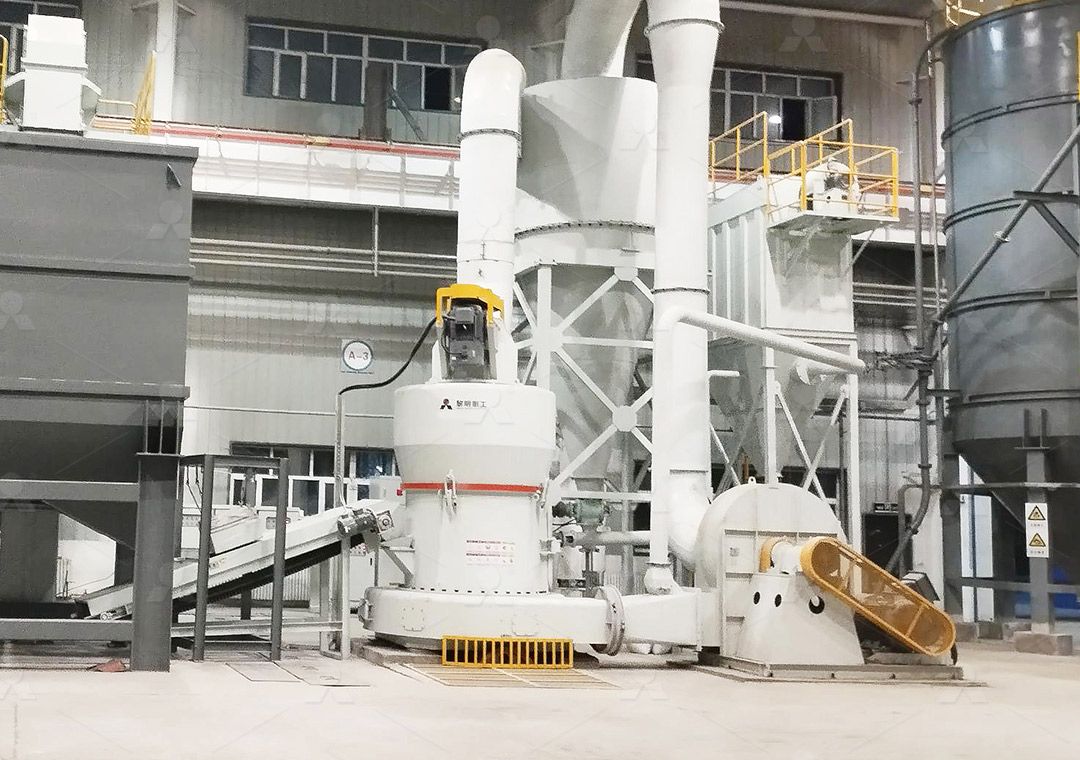What Type of Crusher and Grinding Mill Are Used in Large Cement Plants?
What Type of Crusher and Grinding Mill Are Used in Large Cement Plants?
Modern cement production demands robust, efficient crushing and grinding equipment capable of handling massive throughput while maintaining precise particle size control. The selection of appropriate machinery directly impacts production costs, product quality, and operational efficiency.
Primary Crushing: The First Step in Cement Production
Before raw materials can be ground into the fine powder necessary for cement production, they must be reduced to manageable sizes. Jaw crushers typically handle the initial size reduction, processing large limestone chunks and other raw materials down to approximately 200mm. These rugged machines provide the first critical step in the size reduction process, with their simple design and reliable operation making them ideal for the harsh environment of cement plant primary crushing stations.

Grinding Mills: The Heart of Cement Production
The grinding process represents the most energy-intensive stage of cement manufacturing, accounting for approximately 40-50% of total electrical energy consumption. This makes mill selection a critical economic decision.
Traditional ball mills have served the industry for decades, offering reliable performance for both raw meal preparation and cement grinding. Their rotating cylindrical design, partially filled with grinding media, provides consistent particle size reduction. However, their relatively low energy efficiency has prompted the development of more advanced grinding technologies.
Vertical roller mills (VRMs) have gained significant popularity in modern cement plants due to their superior energy efficiency. By utilizing multiple rollers that press against a rotating table, VRMs achieve grinding through compression rather than impact, reducing energy consumption by 30-50% compared to ball mills. Their integrated drying capability is particularly valuable when processing moist raw materials.
Advanced Grinding Solutions for Modern Requirements
For specialized applications requiring ultra-fine powders or processing of alternative raw materials, advanced grinding technologies offer significant advantages. Our MW Ultrafine Grinding Mill represents a technological leap forward in fine powder production. With an input size of 0-20 mm and capacity ranging from 0.5-25 tph, this machine is engineered for customers requiring ultra-fine powder between 325-2500 meshes.

The MW series incorporates several innovative features that make it particularly suitable for cement plant applications. Its higher yielding and lower energy consumption characteristics result from newly designed grinding curves of the grinding roller and ring, enhancing grinding efficiency by 40% compared to jet grinding mills. The absence of rolling bearings and screws in the grinding chamber eliminates concerns about bearing damage or loose screws causing machine failure.
For operations prioritizing vertical grinding technology, our LUM Ultrafine Vertical Grinding Mill offers exceptional performance with input size of 0-10 mm and capacity of 5-18 tph. This mill integrates the latest grinding roller technology with advanced powder separating capabilities, making it an excellent choice for producing superfine dry powder of non-metal ores commonly used in cement production.
Environmental Considerations in Modern Grinding
Contemporary cement plants must address environmental concerns alongside production requirements. Modern grinding mills incorporate sophisticated dust collection systems and noise reduction technologies. The MW Ultrafine Grinding Mill, for instance, features efficient pulse dust collection and muffler systems that minimize environmental impact while maintaining production efficiency.
Digitalization has further enhanced grinding mill performance, with numerical control ensuring high machining precision for core components. This precision manufacturing translates to more reliable operation, reduced maintenance requirements, and consistent product quality.

Frequently Asked Questions
What is the typical energy consumption difference between ball mills and vertical roller mills?
Vertical roller mills typically consume 30-50% less energy than traditional ball mills for the same grinding task, making them the preferred choice for new cement plant installations and major upgrades.
How does the MW Ultrafine Grinding Mill achieve its energy efficiency?
The MW mill incorporates newly designed grinding curves for the roller and ring, enhancing grinding efficiency. Additionally, its cage-type powder selector technology optimizes separation precision, reducing energy waste while maintaining product quality.
What maintenance advantages do modern grinding mills offer?
Contemporary designs like our MW series eliminate rolling bearings and screws from the grinding chamber, preventing common failure points. External lubrication systems enable maintenance without shutdown, supporting continuous 24-hour operation critical to cement production.
Can these grinding mills handle alternative fuels and raw materials?
Yes, modern grinding equipment is designed to process various materials beyond traditional limestone, including industrial by-products and alternative raw materials, supporting the cement industry’s sustainability initiatives.
